In my last blog post I introduced the mathematical concept of price elasticity and the benefits it brings to AI-driven price optimization. As promised, in my post today I explain how you can use price elasticity to create a strategic basis for the use of an AI pricing solution.
With the help of price elasticity you can determine exactly how price sensitive and competitive your products are – ergo: which roles your individual articles play within your overall assortment and what this should mean for the pricing of these articles. In principle, the following differentiation has proven to be useful:
- Common and Focus Articles and
- Basic and Skimming Items.
Customers generally have only a few product prices in mind when shopping. Typically, they remember the prices of the products they buy often and, above all, regularly. In a supermarket, for example, these are basic foods such as bread, butter or eggs. Based on these items, consumers judge whether a retailer is expensive or not because they have corresponding comparison prices in their minds. Consumers therefore react very strongly (both positively and negatively) to price changes for these items, which makes them highly relevant to competition for you as a retailer: We are talking here about common and focus articles. Products that take on such a role are crucial for your image. They enable you to proactively shape your price image and then sustainably underpin it. In the course of AI-controlled price optimization, you will therefore pay particular attention to these articles and apply a dedicated strategy for the specific requirements of these assortment components in order to
- actively increase your customer and purchase frequency,
- to strengthen and expand your brand in competition and
- optimize target KPIs such as turnover and sales.
Basic and skimming items, on the other hand, will serve a different purpose for you and will primarily serve KPIs such as gross profit and margin. Basic and skimming items are hardly or not at all in the focus of your consumers and are therefore hardly price sensitive and just as little relevant to competition. Why is this so? Skimming articles are often longtail products. In our supermarket example, these would be pots or irons. Customers buy these items very rarely, sothey have hardly any comparison prices in mind. The situation is similar with basic articles. These are also rarely bought, but regularly – spices are a good example here. Because consumers are less price-conscious, all these articles are very well suited for optimizing gross profit and margins. It is particularly noteworthy that on average up to 80% of a product range consists of basic and skimming items – so the leverage for your optimisation potential is enormous!
Now the question remains how to use the knowledge gained to control your price optimization by means of an AI. You already suspect it, don’t you? Exactly! That’s what my next article is about. For all those who are rather impatient like me, I will of course provide a shortcut ;-)


